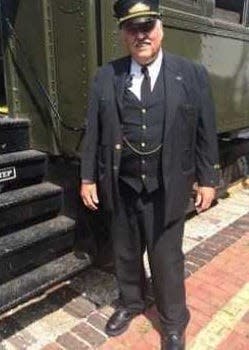Era of the Interurban topic of Elkhart Historical Society program
The Interurban Traction System will briefly return to Elkhart the evening of Friday, June 24, thanks to the efforts of the Elkhart Historical Society and Dale Jenkins, Editor-President of the Illinois Traction Society, who will present a program on the era of the Interurban. The evening promises to be a return to those thrilling days when transportation was both affordable and earth friendly.

The program will be given at Horsefeathers/The Wild Hare Café, 104 Governor Oglesby St., in Elkhart. The doors will open at 5 p.m., and dinner service will begin at 5:30p.m. The program is open to all at a cost of $45 per person, which includes the dinner and lecture.
More: Lincoln native opens new sweet spot on Route 66 in Atlanta
Reservations are required and must be made no later than June 17,2022, by calling 217 947-2238. For more information, menu choices, and a reservation form, go to the website: elkharthistoricalsociety.org.
More: Carroll Catholic School 2022 graduates
A native of Springfield, Jenkins grew up across from the main line of the Illinois Terminal, which began his lifelong interest in this railroad. He was a Special Agent with the IT, and after the N&W acquisition of the IT, continued his service in the police department, retiring after 40 years of service. He was a co-founder of the Illinois Traction Society, has written the complete history of the IT, and recently authored a second book, “Tales of the Terminal.” He is also a conductor at the Monticello Railway Museum and General Superintendent with the Respondek Railroad Corporation and resides in Decatur, Illinois, with his love, Pam.
This article originally appeared on Lincoln Courier: Interurban program teaches participants how the public once traveled
